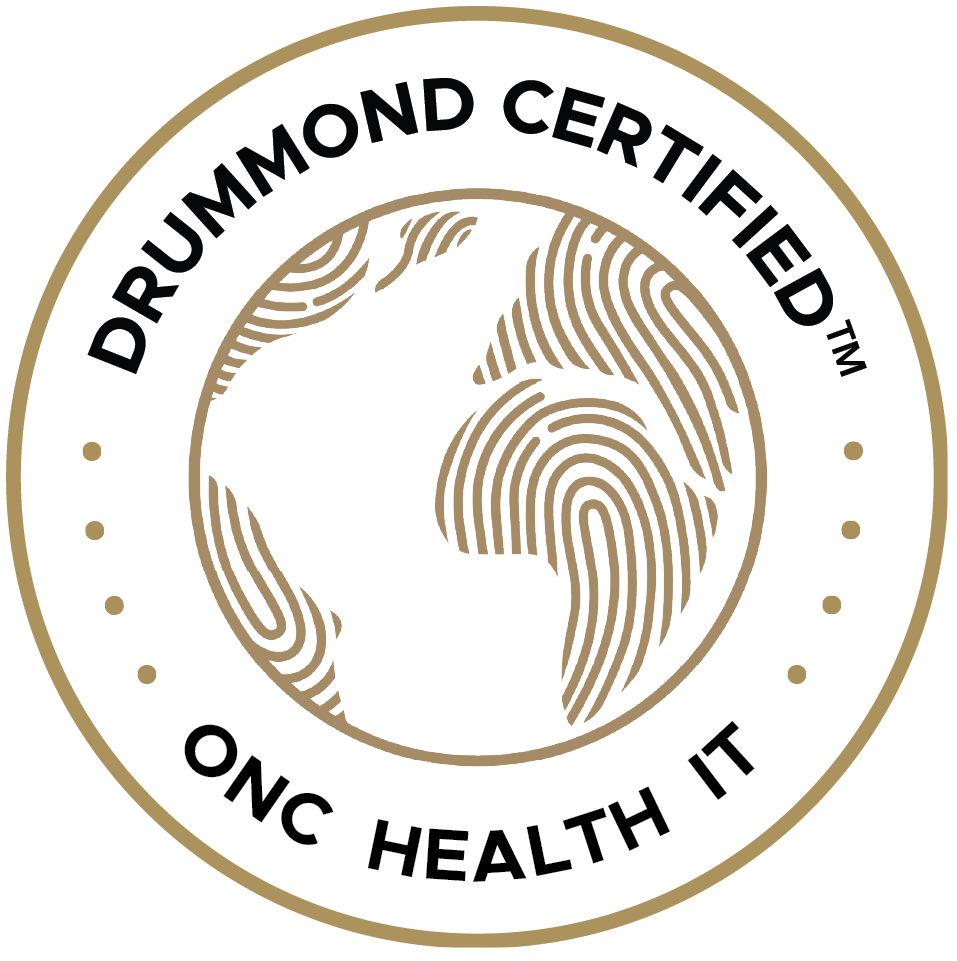gvgray
The federal government’s clinical quality measurement initiatives are quietly reshaping how behavioral healthcare is delivered. The agencies involved are SAMHSA (Substance Abuse and mental Health Services Administration), ONC (National Office of Health Information Technology) and CMS (The Centers for Medicare and Medicaid Services.) The first two agencies are responsible for the Meaningful Use (MU) initiative and the latter for the Physician Quality Reporting (PQRS) program.
Clinical quality measures assess adherence to Practice Standards. These standards implemented via Electronic Health Records (EHRs) are coming to define the range of desirable practice. Standards include protocol measures as well as dynamic measures of outcomes and progress.
Clinical quality measurement programs are designed to shape the delivery of healthcare. While the standards of practice being implemented under these programs currently apply only to medicaid and medicare, the high likelihood is that they will be adopted by commercial insurers as well, all of whom are now dependent to some degree on Obamacare for funding.
What are those standards? The first round of MU clinical quality indicators in 2011 (which are similar to but not identical with PQRS measures) were basically protocols, e.g. Dementia screening in the elderly, Initiation and engagement in substance abuse treatment for patients with a substance abuse problem, etc. The intent of many of these measures is on screening, early detection, and proactive treatment. The underlying theory appears to be that that costs can be reduced if conditions are identified early on and effective treatment initiated. Certified EHRs capture and report on these protocol measures, insuring clinician adhere to practice standards. (Currently PQRS measures do not need to be implemented via EHRs).
The second round of MU clinical indicators (MU2) released last year for the first time contained an outcomes measure. The measure, NQF 0710: Depression Remission at Twelve Months, assesses the effectiveness of treatment of adult patients with major depression or dysthymia using a standardized measure of depression, PHQ9. The measure quantifies the percent of patients who present with moderate depression who are in remission 12 months later.
The introduction of outcomes is significant because it provides a metric to assess effectiveness of care, not just whether a clinician adhered to a guideline or practice standard. Capturing effectiveness data opens the door to pay for performance initiatives. Initially clinicians will receive incentive payments simply for reporting the required outcomes data. In time it is expected that clinicians and organizations will be paid differentially based on the effectiveness of the treatment they provide.
Mandating clinical outcomes will compel clinicians and organizations to focus on how well their patients and patient populations are responding to treatment in comparison with their peers.
And that’s not all. SAMHSA’s technical expert panel has signaled its intent in the next round of MU to assist clinicians in achieving better outcomes by providing progress monitoring.
Progress monitoring has been proven in a variety of studies and meta-analyses to enhance behavioral health outcomes. It involves monitoring change over time and providing feedback to clinicians as to the adequacy of response to treatment during the course of treatment. Psychometric methodologies have been developed that take the delta (change score) and statistically evaluate it to determine its clinical significance, i.e. was the change due to chance or was it clinically significant? Progress monitoring systems provide feedback to the clinician on the adequacy of response to treatment via real time decision support alerts. An alert might read: “Patient responding to treatment as expected– no change in treatment plan indicated”; “Patient not responding to treatment, consider adjusting treatment”; or “Patient has maximized benefit of treatment”; etc.*
As behavioral health outcomes brings accountability to the field, success in practice will go to those clinicians who demonstrate with outcomes data that they provide more effective care. While the federal government’s clinical quality measurement initiatives might sound daunting, the good news is that EHRs can automate the collection and reporting of most of that data, including patient reported outcomes data. For instance, there are outcomes systems integrated into EHRs that can automate outcomes protocols, alerting patients via email or text of the need to take follow up assessments, providing a secure patient portal for the patient to take those assessments, and then providing real time feedback to the clinician of progress of their patient in treatment.
My take: good clinicians have nothing to fear from data.
*There is a considerable literature on Progress Monitoring which is referred to by a confusing litany of terms such as outcomes management, feedback informed treatment, patient focused research, serial outcomes etc. Two well known PM systems are PCOMS and OQ-45. Both have solid research support. In fact, PCOMS is recognized by the National Registry of Evidence-based Programs and Practices (NREPP;SAMHSA). A limitation of these systems is that they are not condition-specific, and, aside from the preventive health standards, measurement initiatives discussed above are all condition-specific.









